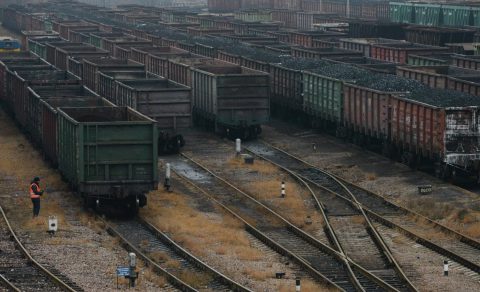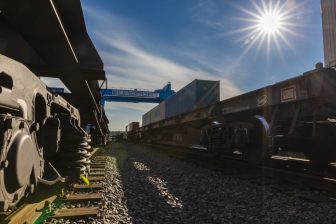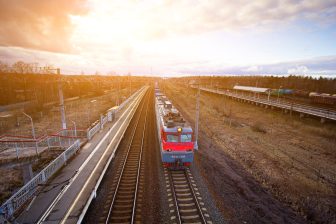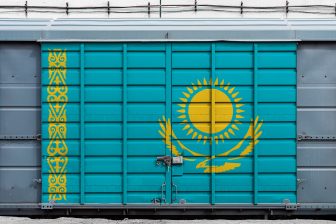
How important is Ukraine on the New Silk Road?
Due to the Russian military attacks in Ukraine, rail freight on transit through the country is currently suspended. Freight trains running on the main China-Europe corridor – via Kazakhstan, Russia and Belarus – run as usual, operators report on Thursday 24 February. Some say that Ukraine is not that relevant for New Silk Road volumes. How true is this?
Do you want to read the full article?
Thank you for visiting RailFreight.com. Become a member of RailFreight Premium and get full access to all our premium content.
Are you already a member?
Having problems logging in? Call +31(0)10 280 1000 or send an email to customerdesk@promedia.nl.





